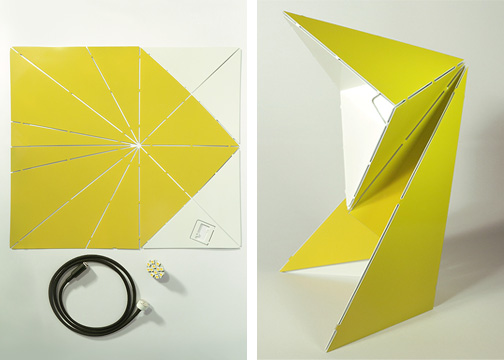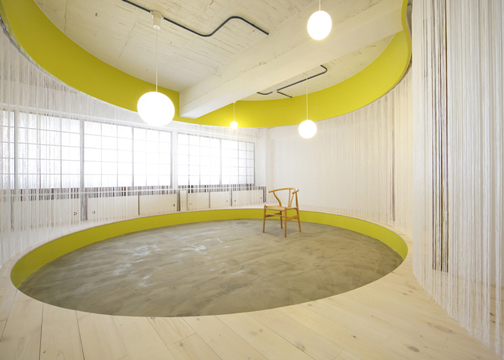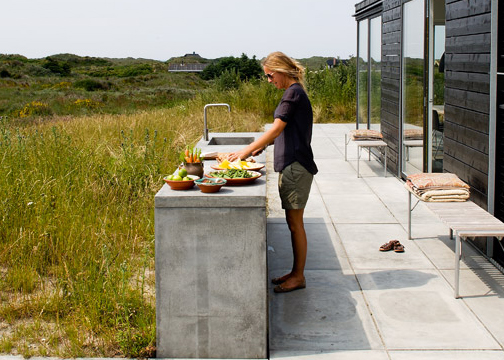2013 Holiday Gift Guide
Need some help with gift shopping?! We have collected a wonderful list of local, well designed, woodsy & winter, holiday inspired gifts for friends and family! All the products on this list can be found in Portland-owned shops and many are made in Portland! FOR HER: 1. Gold Leather Bracelet, from Alder & Co. 2. Pendleton Portland Collection Scarf, from Tilde. 3. Timber Votive, from Vanillawood. 4. Bunny Slippers! from Alder & Co. FOR HIM: 1. Wildwood Scent Bar Soap, from Tanner Goods. 2. ‘Stache Wax, from Wolf’s Apothecary. 3. Workman Wallet, from Tanner Goods. 4. Son of a Sailor Opinel Folding Knife, from Tilde. FOR KIDS: 1. Terrarium Kit, from Bridge City Mercantile. 2. Fox Scarf, from
Read More











